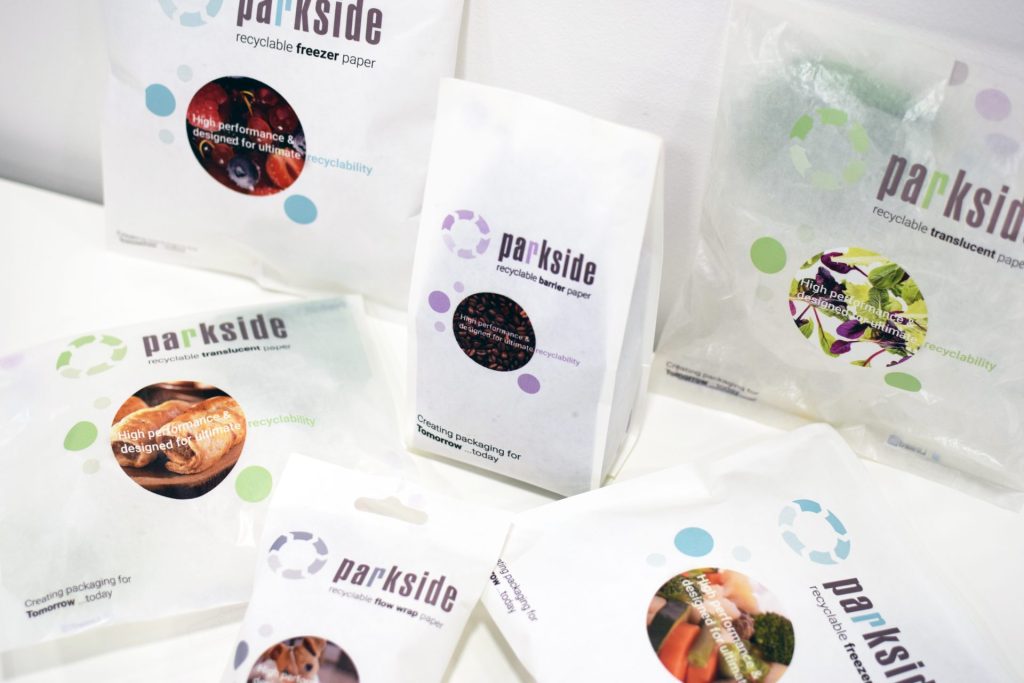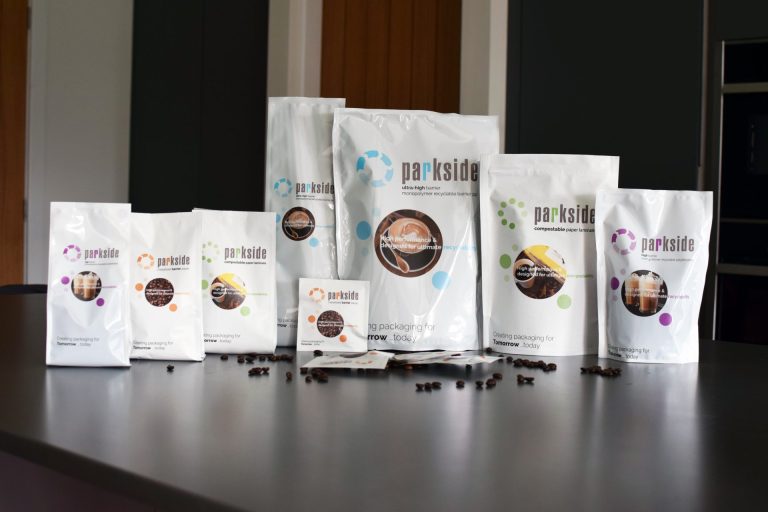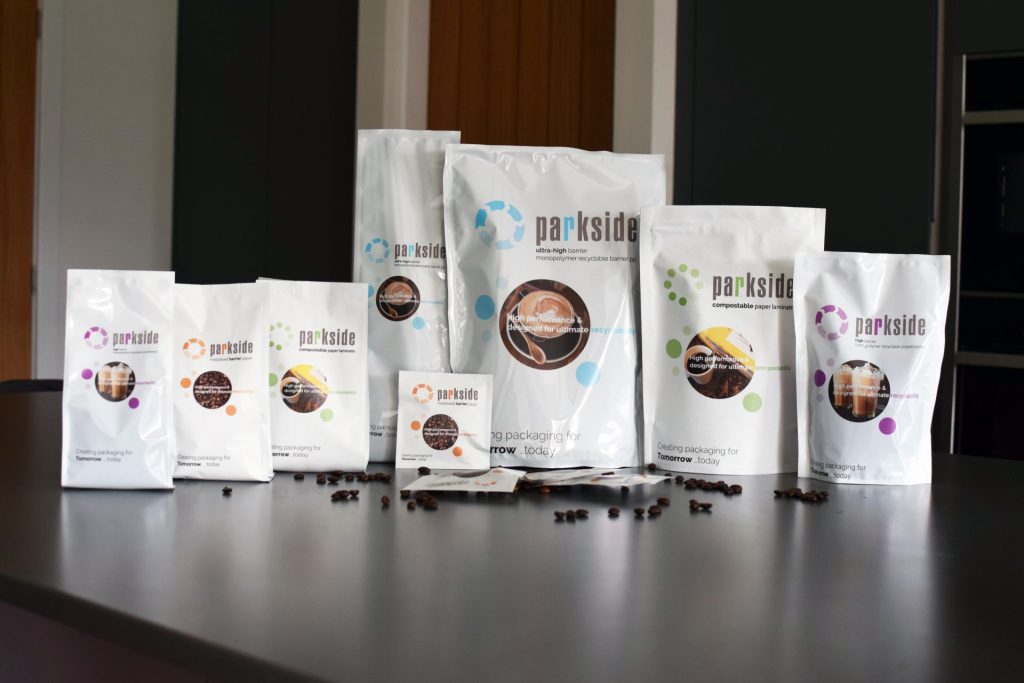The EU’s Packaging and Packaging Waste Regulation (PPWR) is here. And while its impact will not become fully apparent until it becomes active in August 2026, businesses are already preparing for what is the most significant overhaul of packaging laws in a generation.
One of the ways businesses are preparing is by transitioning their packaging from plastic to paper. We’ve written at length about PPWR and what it means for the paperisation trend in the past, and our extensive range of materials and design expertise means we’re perfectly placed to support businesses as they transition.
At Parkside, we understand that the key to a smooth switch is the use of the right barrier coatings and laminates. In this blog, we’ll break down this trend alongside some of the latest innovations in coatings and lamination that can support you in your paper packaging goals.
A flexible way forwards
Advancements in lamination and coating technology have led to a significant increase in the functional performance of flexible packaging in recent years. This is good news, because flexible packaging is critical for European businesses looking to reduce the total weight of their packaging ranges. Flexible solutions are inherently the lightest and most minimalist packaging format there is, which means they are vital for weight reduction.
However, challenges do still exist when it comes to making flexible plastic packaging recyclable at scale, and balancing this with the most fundamental requirements of any packaging solution, which are to protect and preserve its contents. The packaging industry has many recycle-ready solutions to this problem. For example, the development of more sophisticated mono-material laminates, such as quadplex structures based entirely on polypropylene (PP), is driving a transition away from complex multi-material films. These mono-PP solutions maintain high performance while offering improved recyclability, but the infrastructure required to recycle them is still largely confined to front-of-store collection schemes. In a sense, the packaging industry is at the starting line, but the recycling industry has yet to properly invest in the starting gun.
Until soft plastic recycling infrastructure is more widespread, paper remains the most appealing option for businesses looking to reduce their exposure to the many fees and taxes that are incorporated into the PPWR legislation.
Most flexible paper materials have to be laminated and coated to achieve the right level of functional performance. This can create many of the same technical problems we see in plastic recycling, including material separation and contamination. The key, therefore, lies in innovation: developing lamination and coating systems that deliver barrier performance, heat-seal functionality, and durability, while also supporting recyclability.
Technical excellence drives new innovations
Recent developments in adhesives and coatings show how packaging experts like Parkside are addressing these challenges head-on for our customers.
Solventless and water-based adhesive technologies are enabling the lamination of advanced packaging structures – such as paper-to-barrier grade OPP and paper-to-peelable barrier grade PET – without the environmental drawbacks associated with traditional solvent-based systems. These innovations significantly reduce volatile organic compound (VOC) emissions, contributing to safer and more sustainable manufacturing processes.
Compostable adhesive systems now allow the lamination of bio-based materials such as paper and cellulose, helping brands tap into home and industrially compostable packaging markets while opening up whole new opportunities to innovate.
Pressure-sensitive adhesives (PSA) applied via reverse gravure are driving innovations in peel-and-reclose applications, delivering high visual clarity alongside consumer convenience features – particularly relevant for sectors like fresh produce and meat.
And heat seal and barrier coatings applied directly to paper substrates combine lightweight material benefits with water and grease resistance, opening new opportunities for kerbside-recyclable paper formats in fresh produce or food-to-go.
At Parkside, we have first-hand experience of driving these advancements, supported by our sophisticated manufacturing infrastructure. We use multiple Nordmeccanica and Comexi laminators based in the UK and Asia to offer solventless, solvent-based, water-based, and PSA processes. Our in-house coating capabilities allow for the application of matte and gloss lacquers, barrier coatings, and tailored finishes, ensuring optimal flexibility for brand-specific requirements. This means that packaging can remain aesthetically pleasing while still meeting strict circularity goals.
Without advancements like these, paperisation in pursuit of a PPWR-aligned business model is impossible.
The PPWR era represents a profound shift in European packaging. Businesses must rethink the fundamentals of how their packaging is designed, made, and disposed of. Flexible packaging, empowered by next-generation lamination and coating technologies, will be central to delivering lightweight, functional solutions that meet both regulatory and consumer demands.
At Parkside, we are on hand to support businesses with market-proven, recyclable lamination technologies that will not only ensure compliance but also gain a competitive advantage.
Contact us today to learn how our lamination and coatings expertise can help you.







